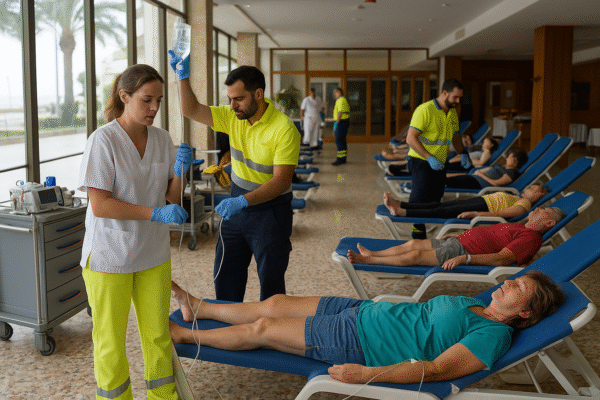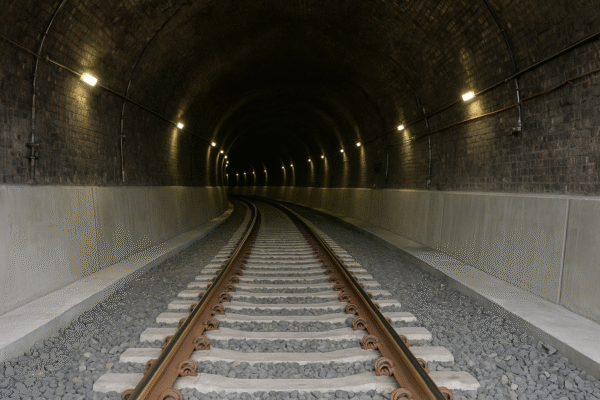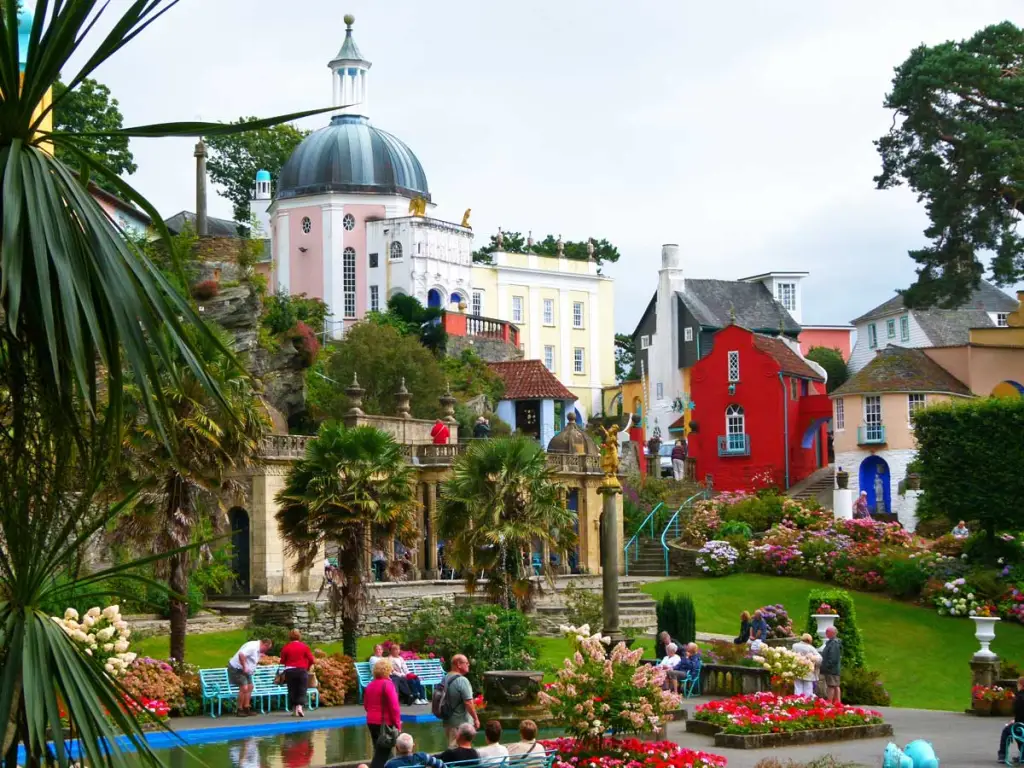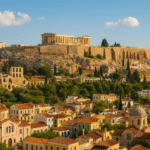Nestled on the dramatic coastline of North Wales, Portmeirion stands as a whimsical and enchanting escape that transports visitors to a Mediterranean dreamscape. Conceived in the early 20th century by architect Sir Clough Williams‑Ellis, this pastel-hued village blends vibrant architecture, lush gardens, and cinematic history—making it one of Britain’s most captivating hidden getaways.
A Village Born from Vision and Passion
Sir Clough Williams‑Ellis began constructing Portmeirion in 1925, transforming a neglected Welsh headland into a handcrafted village inspired by the warmth of the Italian Riviera. Over the next five decades, buildings of varied styles—from baroque and Gothic to Palladian and Arts‑and‑Crafts—emerged through his whimsical design philosophy, celebrating architectural creativity and blending harmoniously with the surrounding landscape.
A Feast for the Eyes: Architecture Meets Landscape
Every corner of Portmeirion dazzles with pastel-painted buildings, archways, and cobbled squares that seem lifted from a storybook. The Campanile, a bell tower erected between 1925 and 1928 from recycled castle stone, stands as a focal point of charm and elegance.
Surrounding this visual spectacle is Y Gwyllt, a sub-tropical garden with 70 acres of woodland paths, hidden lakes, and tropical plants such as camellias and rare rhododendrons. Its mild microclimate allows a diversity of exotic flora to flourish.
Film, Culture, and Storybook Magic
Portmeirion’s fantastical setting made it the unforgettable backdrop for the cult 1960s TV series The Prisoner, where the village served as the mysterious “The Village.” Even decades later, fans flock here to relive its psychedelic legend.
Beyond the View: Shops, Dining, and Accommodation
Portmeirion offers more than a picturesque walk— its cafés, shops, and restaurants enhance the charm. Visitors can enjoy gelato, Italian-style meals, or upscale dining in the Art Deco restaurant of Hotel Portmeirion or the relaxed brasserie at Castell Deudraeth.
Stay overnight in one of the architecturally rich hotels or self-catering cottages, such as the Grade II-listed Hotel Portmeirion (restored Victorian villa) or the striking Castell Deudraeth folly-turned-hotel.
Why Portmeirion Shines
Portmeirion perfectly marries artful design, cinematic heritage, and natural beauty—offering a surreal yet serene escape. As Country Life reflects, it is a place “where fantasy and architecture converge… a flowing whole that transcends time”. National Geographic also calls it “a slice of the Italian Riviera on the north Welsh coast”.
Notably, Portmeirion is celebrating its centenary in 2025—marking 100 years of whimsy, wonder, and architectural brilliance that continues drawing over 260,000 visitors annually.
Portmeirion Snapshot: Visitor Essentials
| Feature | Details |
|---|---|
| Location | Gwynedd, North Wales—on the estuary of the River Dwyryd |
| Inspiration & Design | Italianate charm, eclectic buildings by Sir Clough Williams-Ellis |
| Gardens | Y Gwyllt—70-acre sub-tropical gardens with exotic plant collections |
| Visiting Hours | Daily: 9:30 AM–5:30 PM (last entry 5:00 PM) |
| Admission (2025) | Adults £20; Child (5–15) £13; Concession £17.50; under 5 free |
| Cultural Appeal | Set for The Prisoner TV series; designed as architecture of pleasure |
| Annual Visitors | Approx. 260,000 |
| Centenary Celebration | 2025 marks 100 years since development began |
Portmeirion is much more than a village—it’s an enduring dreamscape where Mediterranean fantasy thrives on the Welsh coast. From its eccentric buildings and enchanted gardens to its storied pop-culture legacy, Portmeirion invites every visitor to step into a real-life fairytale. Are you ready to wander its pastel streets and soak in the magic?















